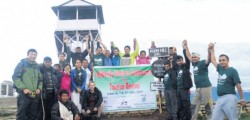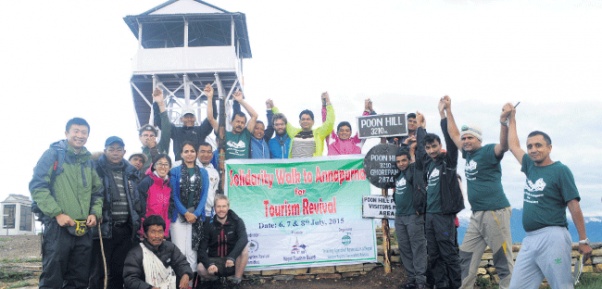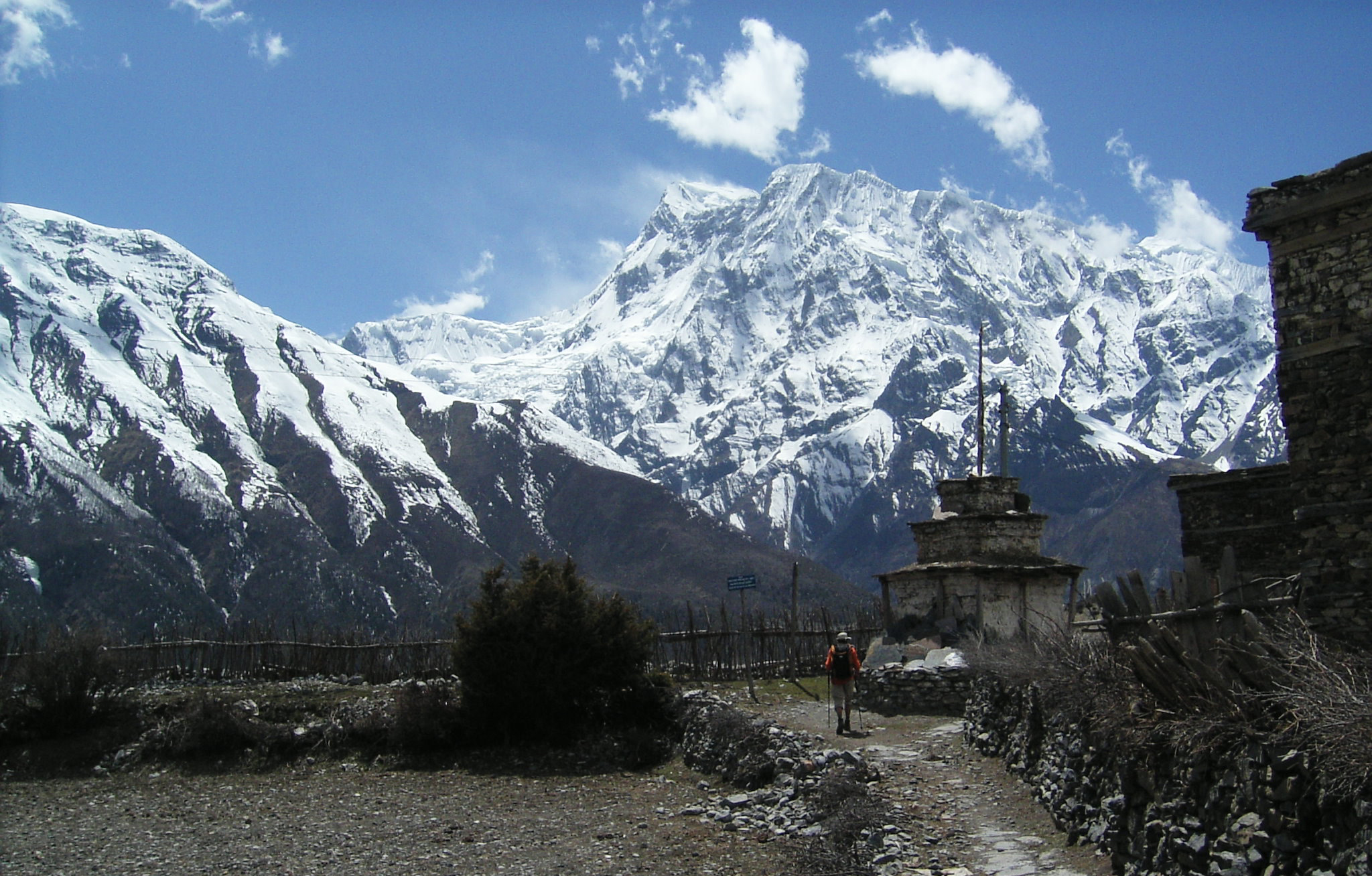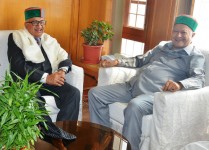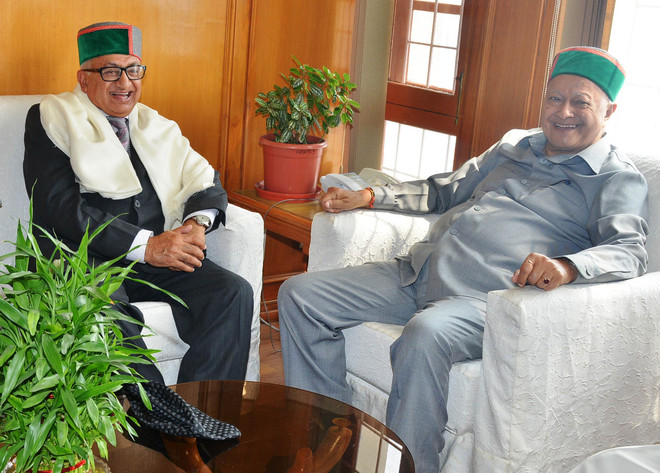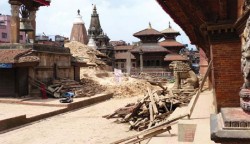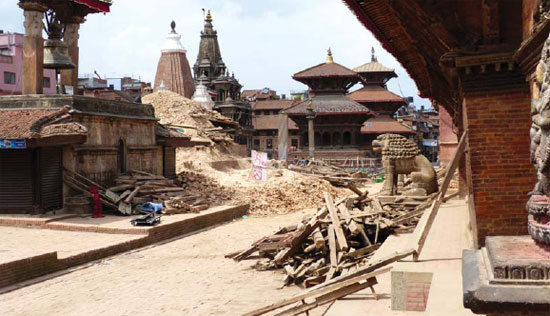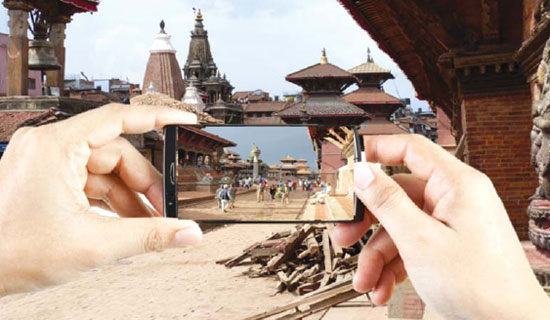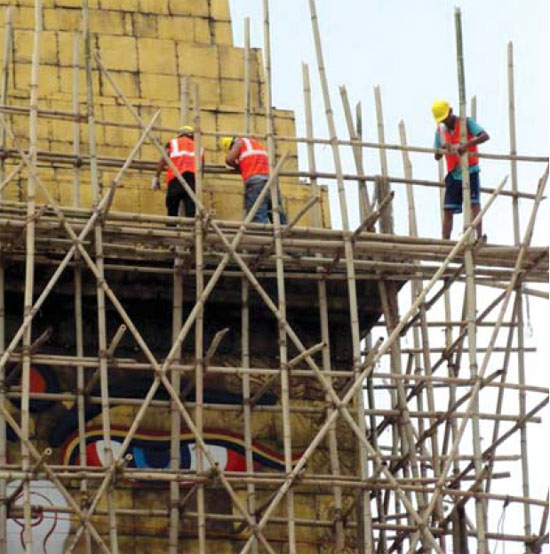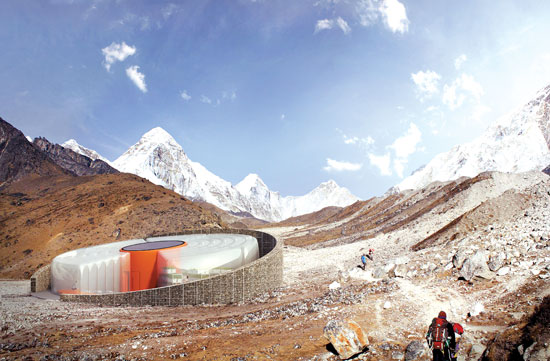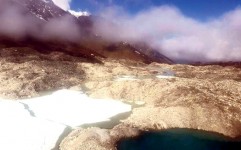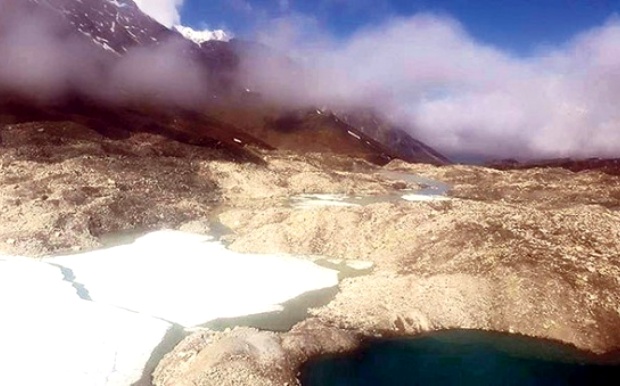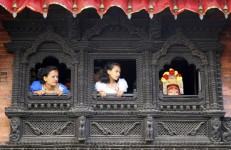
Nepali government officials at the 39th session UNESCO’s World Heritage Committee call for the country to be removed from the danger list for travellers. In 2014, some 800,000 tourists visited the Himalayan nation. This year, this is expected to decline by 40 per cent. Just for summer and fall, bookings should drop by 70 per cent. For Nepal, tourism is a major source of revenue. Nepal’s government is pulling every diplomatic string to get foreign embassies to change their travel advisories so that the Himalayan nation can be considered “a safe place to visit,” this according to Kripasur Sherpa, Nepal’s Culture and Tourism minister.
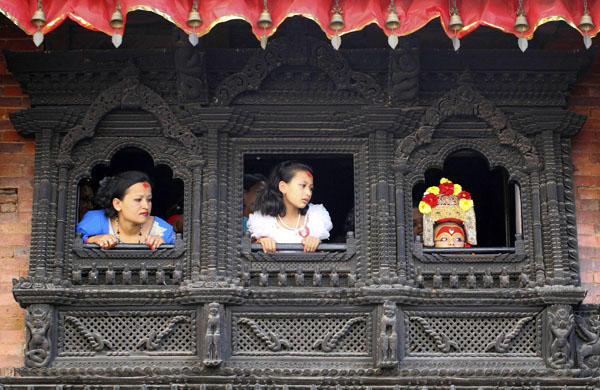
Almost two months after the terrible earthquake that struck the country on 25 April killing more than 8,700 people, the authorities want to jumpstart the tourist sector, a key component of the country’s economy.
Speaking to AsiaNews, Mr Sherpa said, “the earthquake affected only a small portion of the territory and now visitors are no longer at risk. Almost 80 per cent of the country and many tourist destinations were not touched by the powerful earthquake”.
In view of this, “when foreign countries change their travel advisories and remove Nepal from their danger lists, we can restart the tourism industry thanks to visitors from the United States, Europe and Asia.”
Nepal welcomed 800,000 visitors last year, but the government anticipates a 40 per cent drop this year due to the earthquake. For summer and fall, bookings are expected to plunge by 70 per cent.
For this reason, the country’s representatives attended the 39th Session of UNESCO’s World Heritage Committee in Bonn in late June. On that occasion, Nepal asked foreign governments to lift the travel ban to Nepal.
Bhesh Narayan Dahal, director general of the Department of Archaeology (DoA), attended the meeting and confirmed that the organisation had accepted Nepali demands, urging other governments to take action to that effect.
According to the DoA, the earthquake damaged some 745 historical, cultural and religious monuments in 20 districts. Of these, 133 were destroyed whilst remaining 612 were partially damaged.
“We are trying to convince foreign nations that Nepal is safe, and we want to encourage them to visit our country,” said Foreign Minister Mahendra Pandey.
“Nepal is one of the most popular tourist destinations,” he explained. “Visitors can explore the mountains, the Himalayas, cultural sites and many other destinations in complete security.”
Following the appeal by UNESCO, the United States, Switzerland, New Zealand, the Netherlands and Great Britain have lifted their travel advisory. Mr Sherpa noted that he met the ambassadors of India and China to ask them to encourage their citizens to visit. Together, Indian and Chinese visitors represent 30 per cent of all tourists.
“We want to tell the truth and improve our image,” said the minister. “Nepal is a safe place to visit.”
Follow and share our more detail from our social media ; Facebook, Pinterest and Twitter.
Source: asianews.it





